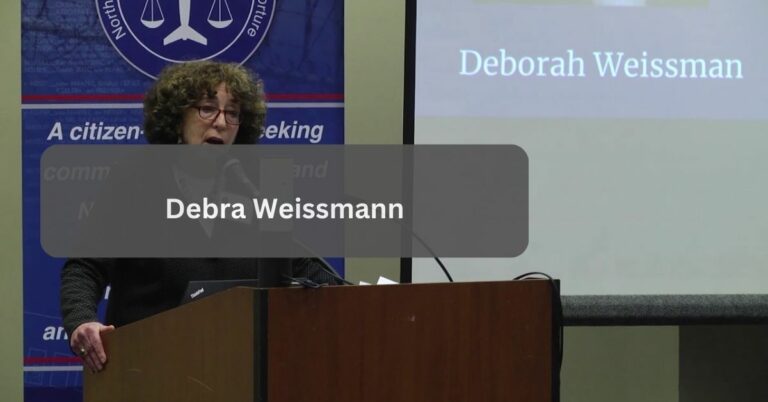The Future of Construction Financing in Florida: Trends and Predictions
The construction industry in Florida is poised for significant transformation, driven by evolving financial mechanisms and technological advancements. As one of the fastest-growing states in the U.S., Florida presents unique opportunities and challenges for contractors and investors alike. Understanding the future of construction financing in Florida is crucial for those aspiring to build successful careers in this dynamic field.
Passing the necessary contractor exam is a critical first step for individuals looking to navigate this complex landscape. This article delves into the emerging trends and predictions shaping the future of construction financing in Florida, providing valuable insights for industry professionals and newcomers.
Emerging Trends in Construction Financing
Increased Use of Technology in Financing
The adoption of technology in construction financing is changing the way project funding is done, and this is a significant change. Fintech solutions help reduce paperwork, make processes efficient, and clarify everything for customers. The trends embracing more prominent platforms are digital lending, blockchain for secured transactions, and AI for analytics. They facilitate quicker decision-making and a better understanding of risk, which will help contractors obtain financing.
One development that I find noteworthy is the emergence of specific real estate and construction-targeted crowdfunding platforms. Such platforms provide capital for small and medium-sized contractors from a larger pool of investors. In this regard, crowdfunding is making investment more accessible, and thus, new ideas that might not otherwise have attracted funding are being developed and supported. This trend is expected to prevail as more investors seek other investment options to diversify their portfolios.
Sustainable and Green Financing
It is widely accepted that sustainability is now an essential aspect of construction projects. Global investors and financiers are privileging sustainable and energy-efficient projects, creating green financing opportunities. Another type of green financial instrument includes green bonds and loans, which provide finance for projects with environmentally beneficial effects. Florida has become one of the regions most affected by climate change, resulting in rising sea levels; thus, sustainable construction is not so much a trend or a need.
Companies that incorporate sustainable measures in their development projects can benefit from the government by receiving tax credits, grants, and lower interest rates on loans. These financial incentives promote green construction practices, which could save costs and add value to properties in the long run. At this moment, the integration of sustainability as one of the critical factors in construction financing will remain a crucial aspect to consider as the regulatory frameworks of funding are developed in the future.
Predictions for the Future
Fostering the Development of Public-Private Partnerships
The utilization of public-private partnerships (PPPs) is expected to be of increased importance in Florida’s construction industry. PPPs effectively facilitate partnerships between government departments and private firms, where the latter can use their capital to accomplish infrastructure developments proposed by the former. As for this model, it is most advantageous for financing non-profits through rather expensive facilities such as highways, bridges, and public buildings.
This paper argues that as the state’s population continues to grow and its infrastructure requirements expand, PPPs will rise. Such relationships can assist in closing the funding gap for such projects, thus getting them done on time and within the stipulated costs. Furthermore, PPPs create avenues through which private investors can invest in public projects, which may earn more due to the stability and size of this investment.
Impact of Regulatory Changes
The nature and trends of construction financing in Florida will be subject to changes in the surrounding political environment, including the state and federal regulations. There are always new issues that require policies to be changed and new opportunities to be captured in the year. For example, changes in taxation laws, zoning laws and regulations, and environmental laws can influence the cost of projects and the mode of finance.
Contractors and developers must follow these regulation changes to incorporate them into their planning. Industry associations need to lobby and participate in developing these regulations so that they do not hinder growth and innovation in construction. Regarding adaptation to the regulatory environment, it will be essential to look ahead, identify the primary trends, and be prepared to adapt to them to remain competitive and attract financing proactively.
The Role of Traditional Financing Institutions
As much as the emerging fintech and other non-traditional funding sources are becoming popular, the historical and established banking and financial institutions shall remain significant in the construction financing process. Lenders continually adopt new technologies in their operations and use them in credit provision to stay relevant. For instance, the application and approval of loans have become part of online banking, which has improved both customer service and the speed of credit disbursement.
Classical institutions also entail some measure of certainty, which is essential, especially for large-scale initiatives. Providing contractors with a wide array of financial products, including construction loans, lines of credit, and performance bonds, makes them strategic allies for most contractors. Hence, with the growing sophistication of construction works, the partnership between conventional financial institutions and Fintech firms will result in more sustainable and adaptable financing structures.
Conclusion
This paper focuses on identifying the trends that will inform construction financing in Florida as a state in the future. There are vital transitions that are restructuring the current environment, such as the use of technology, the appearance of green financing, and the development of public-private partnerships. Therefore, they need to be aware of these trends and predictions to be able to manage the market accordingly. If they can explore new sources of finance and learn how to work with the changes in regulations, they can be ready to grab the opportunities in front of them.






